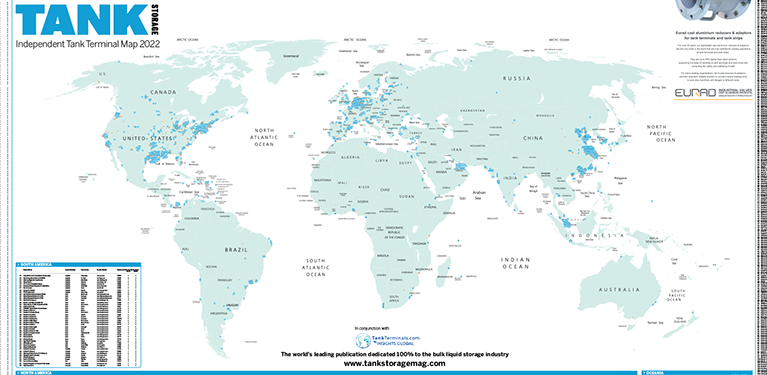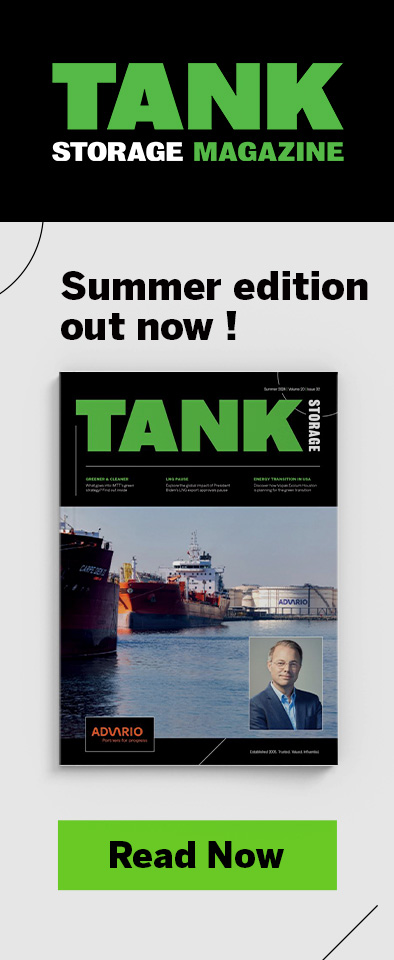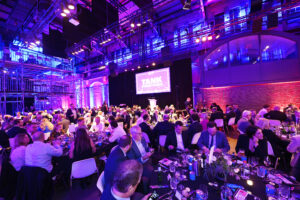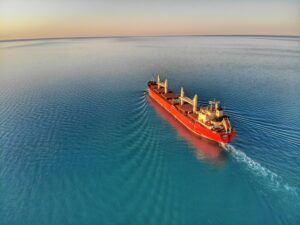Molly Cooper speaks to Paul Voogt, CCO and commercial director at Standic about the chemical terminal’s activities and future expansions
Standic offers tailor-made solutions for the storing of biofuels, base oils, lubricants, marine fuels and chemicals. ‘Standic is made up of three terminals in the Netherlands and Belgium. The two chemical terminals are located in Dordrecht and Antwerp and since January 1 of this year, our sister company, Haan Oil Storage, became Standic Oil Storage in Dordrecht,’ says Paul Voogt CCO and commercial director at Standic.
The terminals in Dordrecht were originally constructed at the end of the 1950s and the De Haan family acquired the first terminal in 2006 in Dordrecht. ‘The original focus of the De Haans’ business was pure fuel distribution and automotive fuel distribution, but at that time, they were already looking ahead to diversify the business. They were already seeing that fuel stations and the fuel trade business was changing,’ explains Voogt.
Standic upgraded the Dordrecht terminal to drastically increase the chemical storage tanks’ capacity. At the time, it was working partly as an overflow terminal for the other facilities in Rotterdam.
Terminal location and products
The Antwerp terminal was selected because of its location in the centre of the chemical cluster. ‘We had learnt from the industry that there was a lack of storage capcity for specialty chemicals and intermediates in Antwerp. There were not enough smaller tanks or dedicated infrastructure to accommodate for their storage requirements,’ says Voogt. Standic handles speciality chemicals and intermediates as its main focus for its Antwerp terminal. For its Dordrecht terminal, the company mainly focuses on ethanol for industrial purposes and occasionally, the fuel related to ethanol.
‘We have all licences in place to store and denature bioethanol,’ says Voogt. The other focus is lubricants, divided into white oils and base oil. Standic can also provide some mixing services for that sector. ‘It’s not only about the tanks and infrastructure – you have to adapt to changing market requirements and product volumes too,’ says Voogt.
Operations in Antwerp
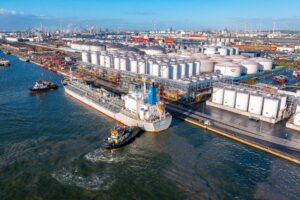
The Antwerp terminal is currently in its first phase of operation. This terminal is fully dedicated, meaning each tank has its own pump and line to the jetty/berth and also to the loading locations for rail wagons and tank trucks. ‘Our tanks are mostly stainless steel ensuring they are optimal for chemical products. Most of them can handle all flammable liquids with closed systems and vapour recovery systems already in place,’ explains Voogt.
Standic Antwerp is now ready for its second phase. By the beginning of 2024 it will have the first new tanks available for operation. The second phase of this expansion project will add another 85,000 m3 storage capacity to the terminal. Together with the first phase, the terminal will offer 179,000 m3 of dedicated storage capacity for chemicals.
Expanding in Dordrecht
Originally designed for automotive and marine fuels, Standic’s terminals are equipped with larger tanks and pipelines. ‘We recognised that variety in tank-size and flexibility is vital for our customers in Dordrecht. Here, we have more than 15 different sizes to offer in mild steel and stainless steel tanks, these can be heated and we can set up a dedicated system if a customer requires,’ Voogt says.
Not only this but the two Dordrecht terminals have jetties for up to 265,000 m3, rail capacity and more than 30 locations for loading tank trucks, making it the ideal location for distribution business. As of now, the company handles bioethanol, chemicals and lubricants, as well as more bio-based fuels for the automotive and marine sectors instead. ‘By 2026, in Dordrecht, we aim to be fully operational with 65,000 m3 storage capacity. By the end of next year, in Antwerp, we will also have entered into phase two and we have a third phase which will start immediately after the second one has completed,’ says Voogt. The third phase will add another 70,000 m3 to Standic’s portfolio, bringing the total to 250,000 m3 of special chemical storage in Antwerp.
Standic’s phased approach to its expansion means that the team will have time to put the new infrastructure to market, while accommodating for its draft expansion. Voogt explains: ‘We currently have a draft of 11.5 m which will be expanded to 14 m in phase two.’
Customer service and flexibility
Standic offers tailor-made services to its customers and has designed specific tanks and infrastructure for them when required. ‘For example, for a specific customer in Antwerp, we have installed specific closed loops for its loadings and unloading. This reduces emissions from the chemicals, keeping gases contained within the system,’ says Voogt.
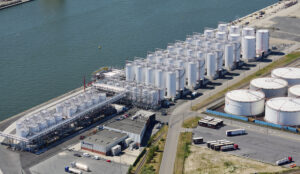
Standic also aids it customers with other services, not just storage. For non-EU customers, Standic can offer support by a dedicated Customs Team that handles all their customs-related matters, ensuring the highest standards of customer care. Standic listens to its customers and the current market as much as it can and adapts its services accordingly where possible. An example of this is Standic choosing to construct more stainless-steel tanks during expansion or reconstruction phases. ‘This is more expensive but, in the long run, it provides more customer flexibility and less maintenance, meaning better sustainability,’ says Voogt.
When designing and developing new terminals, the company involves its customers by holding discussions with them, and potential customers. This has become especially important in recent years due to the energy transition. Voogt says: ‘We are also preparing for future market requirements with renewable and circular products and waste streams. That’s one of the reasons we are expanding here in Dordrecht with another 65,000 m3 and building new tanks and infrastructure ready for future use.’
Standic’s sustainable practices
Standic is looking outside of the BeNeLux region and is in discussions regarding other European locations. ‘Our focus moving forward is facilitating customers sustainable solutions, and of course our own. We are always searching for new locations in the ARA regions, and even outside of this, to help facilitate the sustainable solutions Standic are putting into place,’ says Voogt.
Currently, the company is working with the Port of Rotterdam to investigate the application of shore power, for the vessels to be connected to the shore power network in Dordrecht. ‘In Antwerp, we have a vapour treatment system in place for the combustion of gases from the shipments and the breathing of the tanks. We use this residual heat to heat up the tanks and other systems at our location. With this we turn waste into energy and reduce the use of natural gas for central heating and the heating of tanks,’ says Voogt.
The tanks are placed on a concrete foundation with a foamglas insulation from Pittsburgh Corning Europe between the concrete bases and the bottom of the tanks, as another measurement to prevent heat loss to the bottom and reduce the use of energy for tank heating. ‘By investing in these sustainable systems now, we will be contributing towards a more sustainable future, and reducing costs in the long term,’ says Voogt.
For more information:


